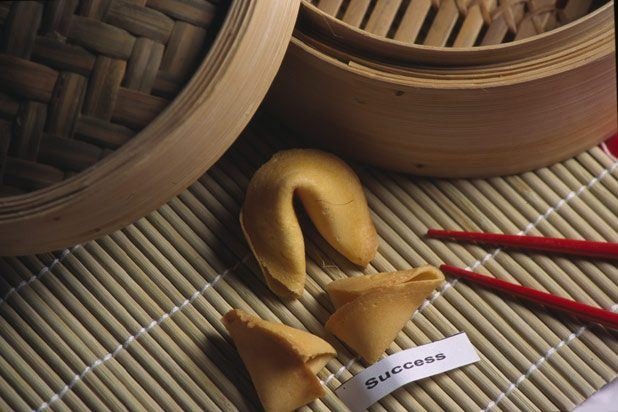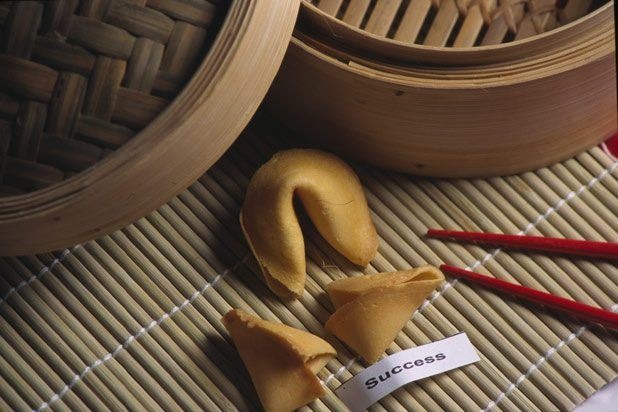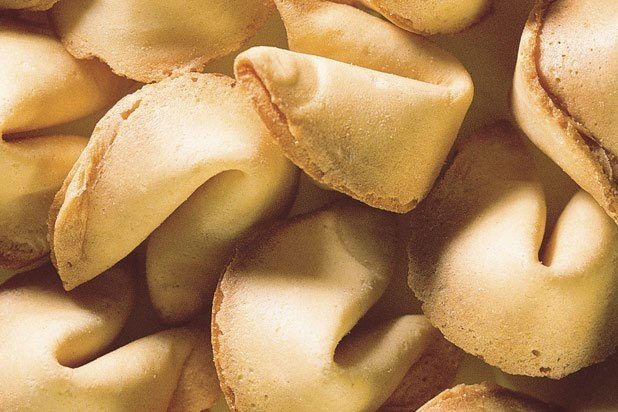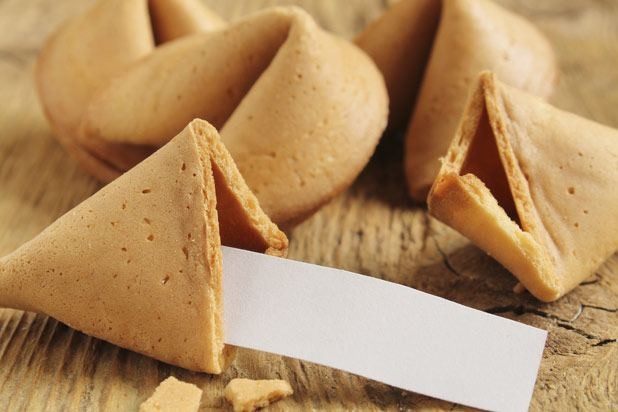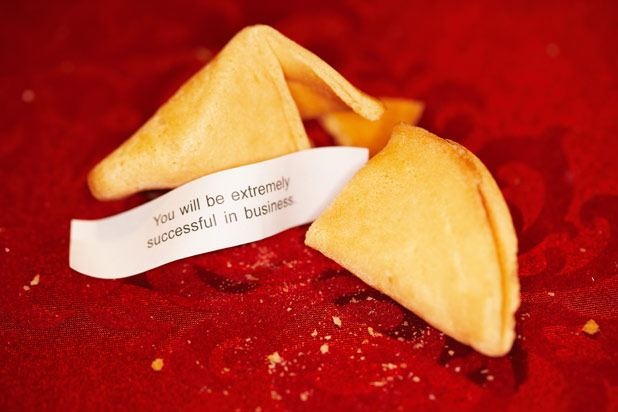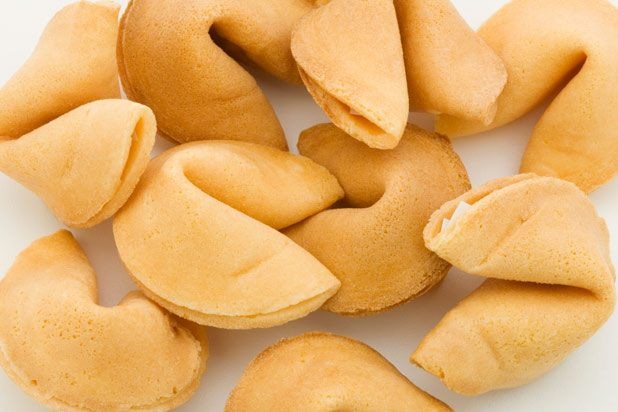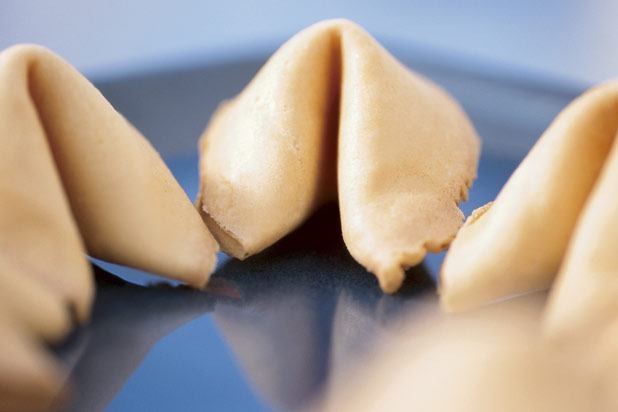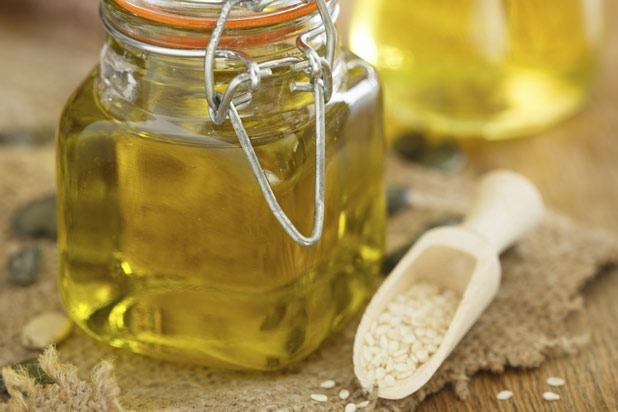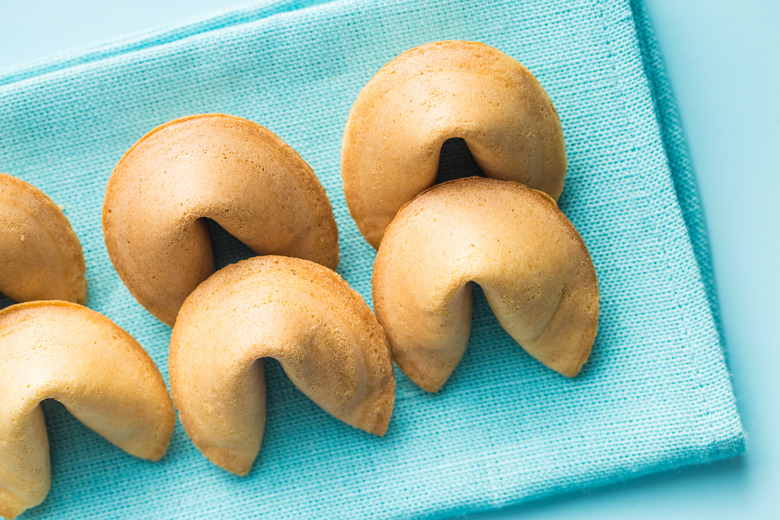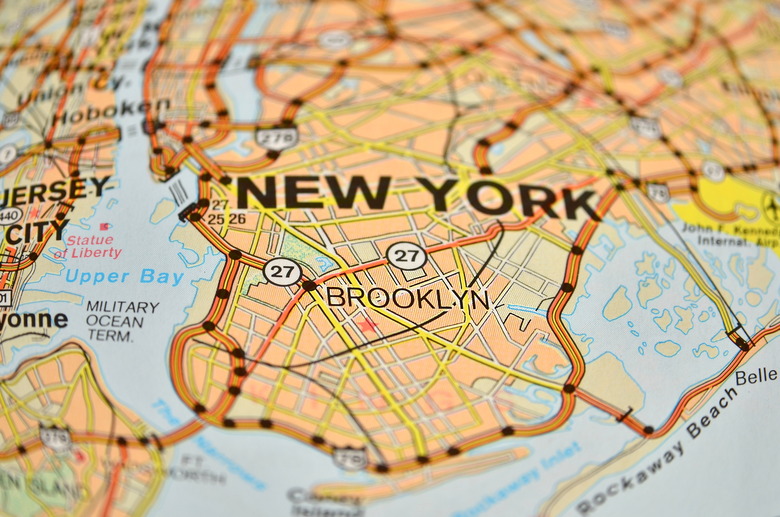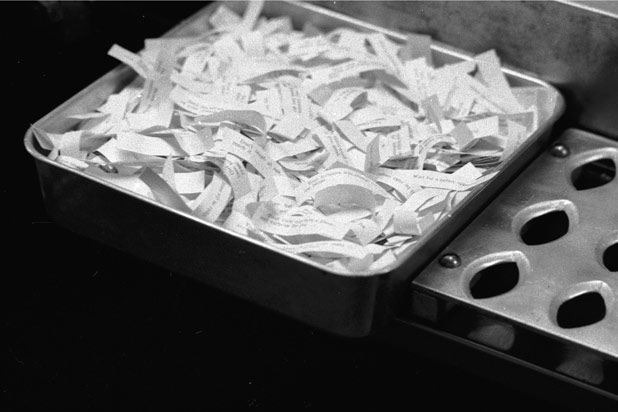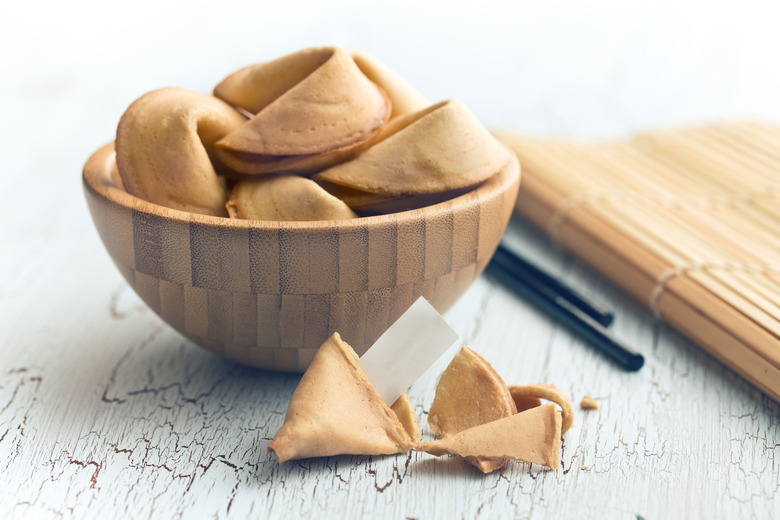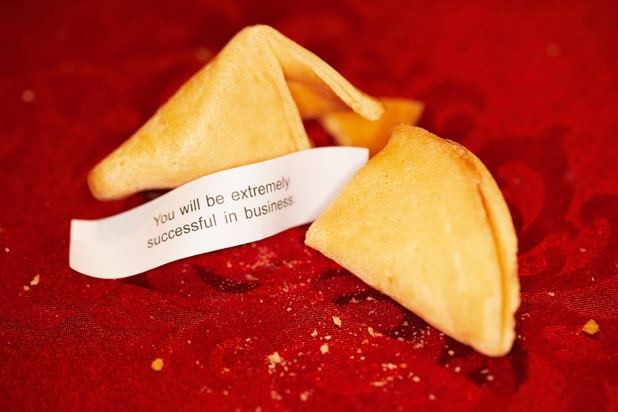12 Things You Didn't Know About Fortune Cookies Gallery
There are some foods that we rarely, if ever, give any thought to, and they tend to be the ones that are given to us for free after meals: after-dinner mints, for example, or that ubiquitous cellophane-wrapped "dessert" known as the fortune cookie. So let's take a few minutes and finally answer the question: "What's the deal with fortune cookies?"
12 Things You Didn't Know About Fortune Cookies Gallery
When you go to a Chinese restaurant in the U.S., you expect a certain level of consistency from the overall experience. In many ways, Chinese restaurants are like pizzerias — you have an expectation of what you'll be getting, and most of the time you get exactly that.
When you walk into a Chinese restaurant, you can anticipate a consistent atmosphere and a fairly standard menu. Same goes for the food: Sesame chicken is sesame chicken, and wherever you go, you expect it to be more or less the same from the last time you ordered it, wherever you were. And at the end of the meal, you expect to receive a fortune cookie with your check. You'll crack it open, read your "fortune," (which is usually more of a proverb), eat the cookie, pay your bill, and go on your merry way.
But there's a long story behind every fortune cookie. Who makes them? Where did they come from? What's that difficult-to-identify flavor in there? And who thinks up all of those fortunes? It's time we answered these questions once and for all. So if you want to show off some serious knowledge the next time you crack into a fortune cookie, read on to learn everything you ever wanted to know about them.
They’re Based on a Japanese Recipe
In several regions of Japan, cookies called tsujiura senbei are sold on the new year for good luck, and these are widely believed to be the origin of the modern fortune cookie. The fortunes are actually baked into the cookies, however, and the cookies are larger and flavored with miso.
Their Modern Origin Is a Bit of a Mystery
While their Japanese origins aren't disputed, nobody knows exactly where the modern fortune cookie came from. It's widely reported that they made their first American appearance at San Francisco's Japanese Tea Garden in the 1890s, however.
Nobody Knows Who Invented Them
Several people have claimed to be the sole inventor of the fortune cookie, including the founder of Los Angeles' Hong Kong Noodle Company, David Jung, who claimed that he invented them in 1918, and Seiichi Koto, a Los Angeles restaurant owner who claimed that he got the idea to insert fortunes into cookies from slips that are sold at temples in Japan, and sold his cookies to restaurants in the city.
You Won’t Find Them in China
A LOT of Them are Made Each Year
A whopping 3 billion fortune cookies are made each year, and a machine called the Kitamura FCM-8006W can turn out 8,000 in an hour.
They Were Called Fortune Tea Cakes Until World War II
The "tea cake" name further reinforces its Japanese roots, as Japanese tea cakes or wagashi are typical Japanese confectionaries that are often served with tea.
The Secret Ingredient Is…
They Start Round
You know how when you take cookies out of the oven they're still soft? Same with fortune cookies. They start their life as simple round cookies, then they're folded around the fortune.You know how when you take cookies out of the oven they're still soft? Same with fortune cookies. They start their life as simple round cookies, then they're folded around the fortune.
The Largest Manufacturer is in Brooklyn
Your fortune cookie most likely was baked in Brooklyn, New York, by a company called Wonton Food, Inc. They produce 4.5 million of them every day.Your fortune cookie most likely was baked in Brooklyn, NY, by a company called Wonton Food, Inc. They produce 4.5 million of them every day.
There’s an Official Fortune Writer
The vice president of Wonton Food, Donald Lau, is actually the one who wrote most of the fortunes. He developed writer's block in 1995, announcing that he was officially tapped out, so an official fortune writer was hired by the company.
There’s a Fortune Database and a Limited Number of Fortunes
Wonton Food has about 15,000 different fortunes ready and waiting to fill their fortune cookies. Another large fortune cookie manufacturer, Yang's Fortunes in San Francisco, only has a collection of 5,000 different fortunes. Hogyokudo, a bakery in Japan, has been using the same 23 fortunes in their cookies for decades.
Each Cookie Contains 107 Calories
There's also a little under 1 gram of fat, 1 milligram of cholesterol, 24 grams of carbohydrates, and 13 grams of sugar in each cookie. If fortune cookies aren't hitting the spot, though, these 150-calorie treats will totally satisfy your dessert cravings.
More from The Daily Meal:
20 Things You Didn't Know About Trader Joe's
Surprising Facts About Your 20 Favorite Candy Brands
12 Things You Didn't Know About McDonald's
20 Surprising Reasons You're Always Tired
The Top Store-Bought Chocolate Chip Cookies, Ranked
